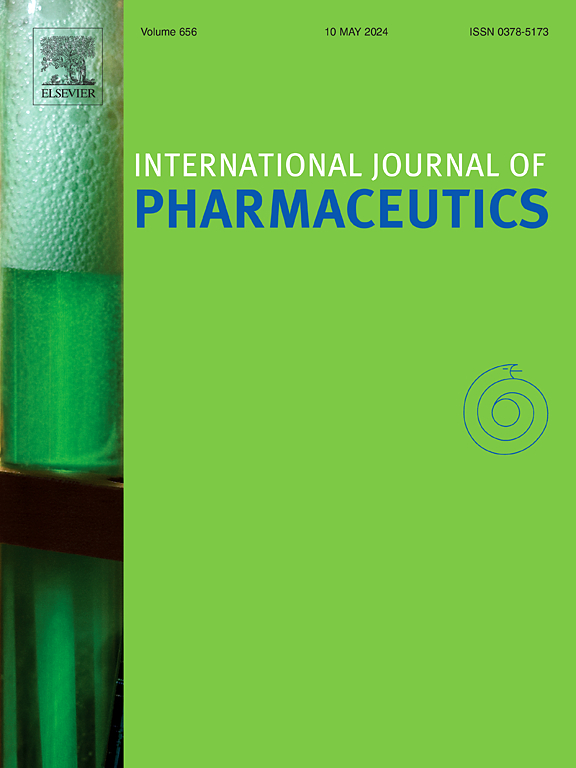Macrophage membrane coated functionalized nanoparticles for targeted drug delivery and neural function repair in cerebral ischemia–reperfusion injury
IF 5.3
2区 医学
Q1 PHARMACOLOGY & PHARMACY
引用次数: 0
Abstract
Vascular dementia (VD) is the second leading cause of cognitive impairment after Alzheimer’s disease, posing a heavy burden to families and society. The majority of causes of VD are vascular diseases such as stroke, with ischemic stroke accounting for a large proportion. After ischemia–reperfusion, factors such as mitochondrial damage and increased xanthine oxidase lead to excessive production of reactive oxygen species (ROS) at the ischemic site, further exacerbating brain injury. Therefore, developing effective ROS scavengers is crucial. Polydopamine has become one of the widely used surface functionalized materials in recent years, due to its excellent biocompatibility and antioxidant properties. This paper proposed a macrophage membrane disguised polydopamine (PDA) nanoplatform for loading the neuroprotective drug puerarin (PUE). The as made PUE@PDA@CMs (PPCs) nanoplatforms can significantly and effectively clear ROS, alleviate oxidative microenvironment, and protect neurons from oxidative stress damage. The macrophage membranes modification enables PPCs to respond to lymphocyte recruitment at the site of cerebral ischemia–reperfusion injury, thereby targeting and aggregating to the injury site. In a mouse model of vascular dementia, PPCs treatment significantly reduced neuronal apoptosis and provided significant cognitive and memory function recovery, providing new strategies and prospects for the treatment of central nervous system diseases.
求助全文
约1分钟内获得全文
求助全文
来源期刊
CiteScore
10.70
自引率
8.60%
发文量
951
审稿时长
72 days
期刊介绍:
The International Journal of Pharmaceutics is the third most cited journal in the "Pharmacy & Pharmacology" category out of 366 journals, being the true home for pharmaceutical scientists concerned with the physical, chemical and biological properties of devices and delivery systems for drugs, vaccines and biologicals, including their design, manufacture and evaluation. This includes evaluation of the properties of drugs, excipients such as surfactants and polymers and novel materials. The journal has special sections on pharmaceutical nanotechnology and personalized medicines, and publishes research papers, reviews, commentaries and letters to the editor as well as special issues.

 求助内容:
求助内容: 应助结果提醒方式:
应助结果提醒方式:


